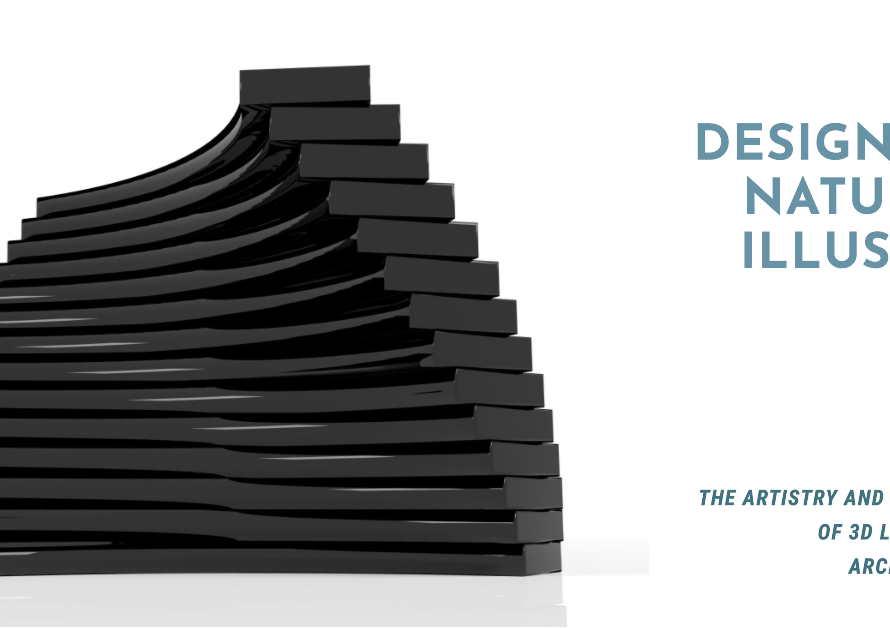
Table of Contents
- Introduction to Urban Planning:
- Understanding the History of Urban Planning:
- The Core Principles of Urban Planning:
- The Importance of Community Engagement:
- Transportation Planning: Moving People Efficiently:
- The Role of Green Spaces in Urban Planning:
- Housing and Urban Development:
- The Significance of Urban Design:
- Addressing Environmental Challenges:
- The Future of Urban Planning:
- Conclusion: Starting Your Journey in Urban Planning
Introduction to Urban Planning:
Urban planning is a fundamental process that shapes the development and organization of cities and towns. It involves the design and regulation of the use of space, ensuring that the environment is both functional and sustainable. Whether you are a budding urban planner or simply interested in understanding how cities work, grasping the basics of urban planning is essential.:
The field of urban planning encompasses a wide range of activities, from zoning laws to public transportation systems. By understanding the foundational concepts, you can appreciate the complexities and nuances involved in creating vibrant and efficient urban environments. This guide will walk you through the essential starting points, offering a comprehensive overview for beginners.
Understanding the History of Urban Planning:
To truly appreciate modern urban planning, it is crucial to explore its historical roots. Ancient civilizations, such as those in Mesopotamia and the Indus Valley, showcased early forms of city planning, with grid patterns and sophisticated water management systems. These early examples laid the groundwork for contemporary urban planning practices.
As we moved into the Industrial Revolution, the rapid urbanization brought about by industrial growth necessitated more structured urban planning approaches. The emergence of zoning laws, public health regulations, and the development of infrastructure were all responses to the challenges posed by growing urban populations. By understanding this historical context, one can better appreciate the evolution and significance of current urban planning methodologies.
The Core Principles of Urban Planning:
Urban planning is guided by several core principles that ensure cities are livable, sustainable, and efficient. One of the fundamental principles is the concept of zoning, which involves dividing a city into different areas designated for specific uses, such as residential, commercial, and industrial. This helps manage growth and ensures that incompatible land uses are separated.
Another key principle is sustainability. Urban planners strive to create cities that are environmentally friendly and resource-efficient. This involves promoting green spaces, implementing renewable energy sources, and designing buildings and infrastructure that reduce carbon footprints. By adhering to these core principles, urban planners can create balanced and harmonious urban environments.
The Importance of Community Engagement:
Community engagement is a cornerstone of effective urban planning. Involving residents in the planning process ensures that the needs and desires of the community are met. This can be achieved through public consultations, surveys, and workshops where citizens can voice their opinions and contribute to decision-making.
When community members are actively involved, it fosters a sense of ownership and pride in the urban environment. Additionally, it can lead to more innovative and practical solutions, as local knowledge and perspectives are invaluable in addressing urban challenges. Therefore, engaging the community is not just beneficial but essential for successful urban planning.
Transportation Planning: Moving People Efficiently:
Transportation planning is a critical aspect of urban planning, focusing on the movement of people and goods within the city. Efficient transportation systems are vital for reducing traffic congestion, lowering pollution levels, and improving the overall quality of life for residents. Planners must consider various modes of transportation, including public transit, cycling, walking, and private vehicles.
Integrating different transportation modes into a cohesive system requires careful planning and design. For instance, creating bike lanes that connect seamlessly with public transit hubs can encourage more people to use sustainable transportation options. Additionally, urban planners must address issues such as accessibility, ensuring that transportation systems are inclusive and cater to the needs of all residents, including those with disabilities.
The Role of Green Spaces in Urban Planning:
Green spaces, such as parks, gardens, and natural reserves, play a vital role in urban environments. They provide recreational opportunities, improve air quality, and enhance the overall aesthetic appeal of the city. Moreover, green spaces can mitigate the urban heat island effect, making cities more comfortable and resilient to climate change.
Incorporating green spaces into urban planning involves more than just designating areas for parks. It requires strategic planning to ensure these spaces are accessible and evenly distributed throughout the city. Planners must also consider the maintenance and sustainability of green spaces, ensuring they remain vibrant and usable for future generations.
Housing and Urban Development:
Housing is a fundamental component of urban planning. Ensuring that there is adequate, affordable, and diverse housing options is crucial for the social and economic well-being of a city. Urban planners must balance the need for residential development with other land uses, creating neighborhoods that are both functional and attractive.
Affordable housing is a significant challenge in many cities. Planners must work with government agencies, developers, and community organizations to develop strategies that address this issue. This can include policies such as inclusionary zoning, which requires a percentage of new housing developments to be affordable for low- and moderate-income residents. By addressing housing needs, urban planners can help create more equitable and inclusive cities.


The Significance of Urban Design:
Urban design is an integral part of urban planning, focusing on the physical layout and aesthetic qualities of the city. It involves the design of buildings, public spaces, streets, and infrastructure, aiming to create functional and visually appealing urban environments. Good urban design enhances the quality of life for residents and contributes to the city’s identity and character.
Urban designers must consider a variety of factors, including scale, proportion, and the relationship between different elements of the urban environment. They must also prioritize pedestrian-friendly designs, ensuring that public spaces are accessible and inviting. By emphasizing good urban design, planners can create cities that are not only efficient but also beautiful and enjoyable to live in.
Addressing Environmental Challenges:
Urban areas face numerous environmental challenges, including air and water pollution, waste management, and climate change. Urban planners play a crucial role in addressing these issues by implementing sustainable practices and policies. This includes promoting the use of renewable energy, enhancing public transportation, and encouraging green building practices.
Additionally, planners must consider the impact of urbanization on natural habitats and biodiversity. Strategies such as creating urban green corridors and preserving wetlands can help protect wildlife and maintain ecological balance. By addressing environmental challenges, urban planners can contribute to the development of healthier and more sustainable cities.
The Future of Urban Planning:
The future of urban planning is likely to be shaped by technological advancements and changing societal needs. Smart cities, which utilize digital technology to enhance urban services and infrastructure, are becoming increasingly popular. These cities use data and technology to improve transportation, energy efficiency, and public safety, creating more efficient and livable urban environments.
Moreover, the growing emphasis on sustainability and resilience will continue to influence urban planning practices. Planners will need to develop innovative solutions to address challenges such as climate change, population growth, and resource scarcity. By embracing new technologies and sustainable practices, urban planners can help create cities that are prepared for the future.
Conclusion: Starting Your Journey in Urban Planning
Urban planning is a dynamic and multifaceted field that plays a critical role in shaping the development of cities and towns. For beginners, understanding the foundational concepts and principles is the first step towards appreciating the complexities of urban environments. From historical context to future trends, this guide has provided a comprehensive overview of the key starting points in urban planning.
As you embark on your journey in urban planning, remember the importance of community engagement, sustainability, and innovation. By focusing on these core principles, you can contribute to the creation of vibrant, livable, and sustainable cities. Whether you pursue a career in urban planning or simply seek to understand how cities work, the knowledge you gain will be invaluable in navigating the urban landscapes of the future.



